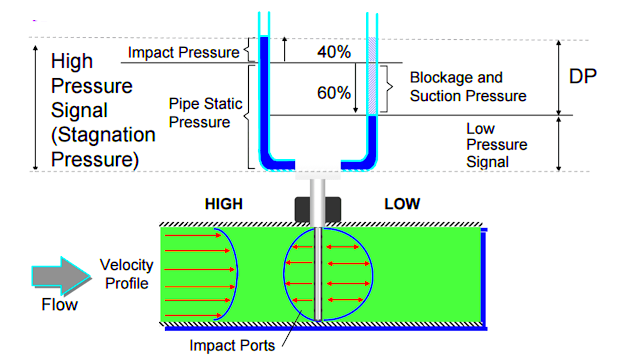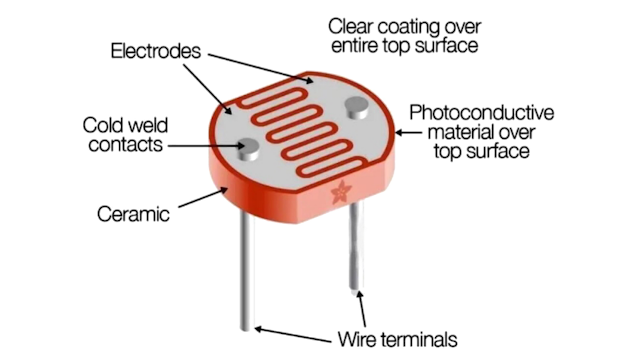Dusk to Dawn Lighting Switch or Lighting Switch from Sunset to Sunrise
Dusk to Dawn Lighting Switch or Lighting Switch from Sunset to Sunrise This sunset to sunrise lighting switch or Dusk to Dawn Lighting Switch is designed to control the light illuminated on the LDR sensor. The resistance of the LDR sensor changes with the change in intensity of light falling on LDR. This sensor output is given to IC 555 timer connected in bistable mode. The output of the IC 555 timer is used to control the prompting of load through a TRIAC. Hence, this circuit switches on the load in the sunset and switches off the load in the sun rise automatically. The sunset to sunrise lighting switch or Dusk to Dawn Lighting Switch project is used where the light will continue on only from sunrise to sunset (dusk to dawn). Nowadays, the electricity cost is very high and it is advisable to use electricity carefully. The applications of this project mainly include where more electricity is required in the night time like highways, complexes, colleges, parks, and ind...

